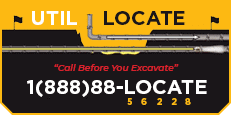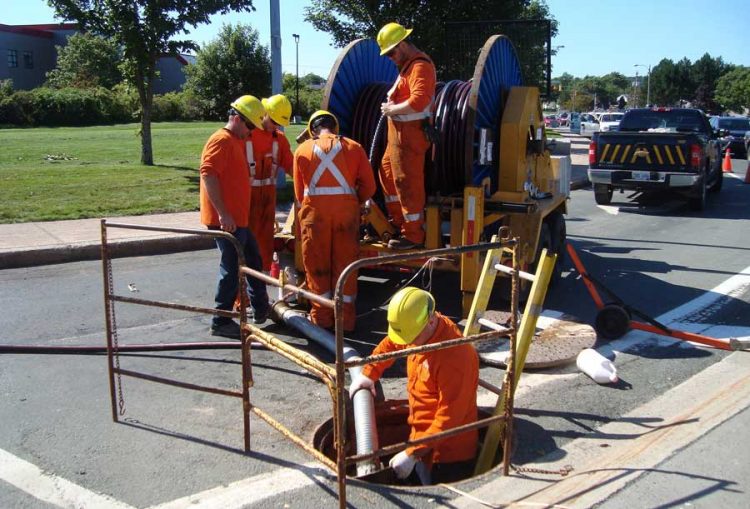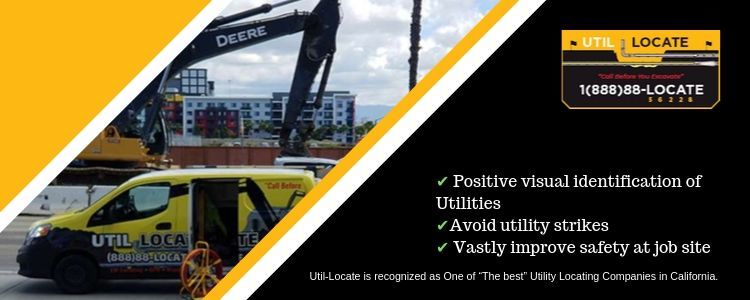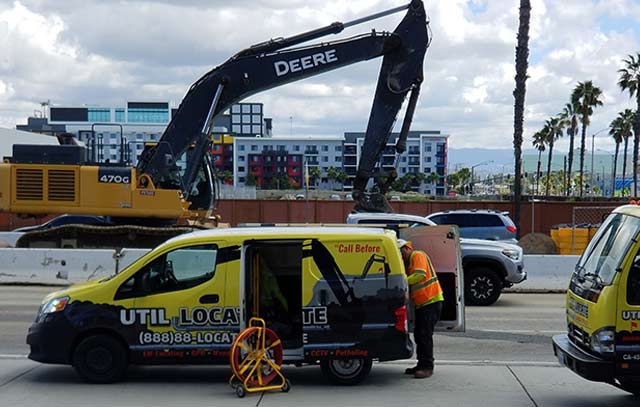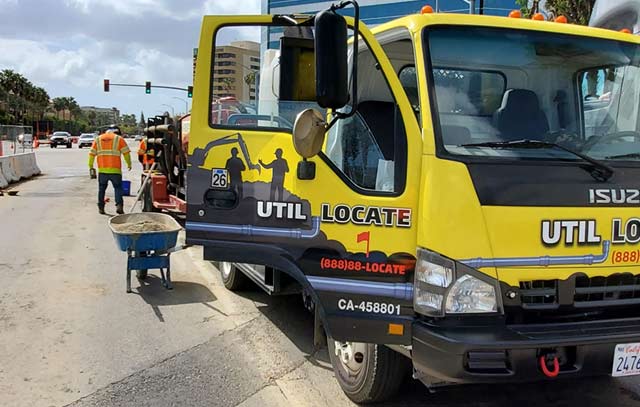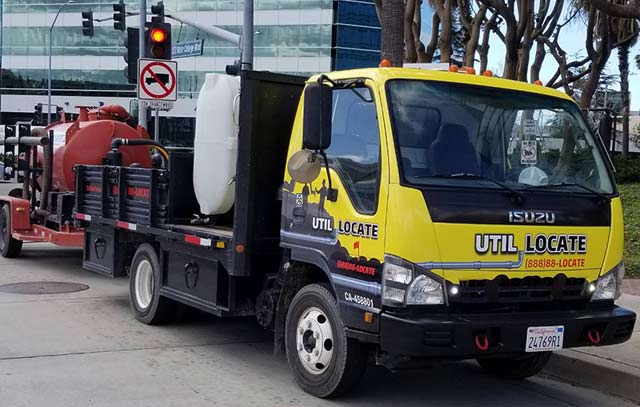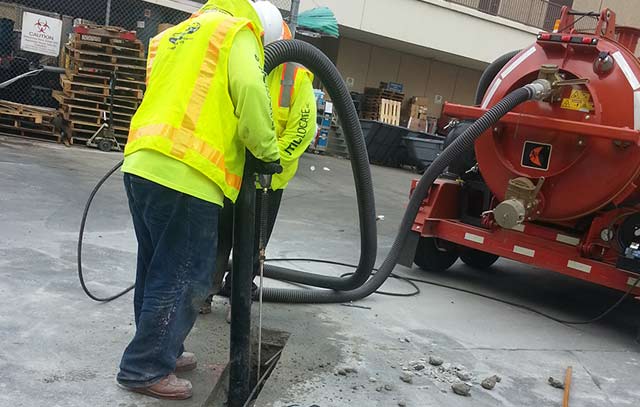When you are planning to carry out excavation work for a construction project, utility potholing is an absolute necessity.
If you aren’t already familiar with utility potholing, it’s a construction method that allows a crew to investigate underground and find any potential water or sewer lines. Professional utility potholing companies have specialized equipment that isn’t affordable to rent for a short term job. Typically, companies use a hydro or air jet, which gently vacuum excavates the site so that underground pipes are easily located.
You might think that using RADAR technology or ordinary hand tools would be as effective, but these techniques are in fact far less accurate. Making a mistake and damaging underground utilities on a construction site can lead to expensive, extensive, and time-consuming repairs. Utility potholing prevents these steep costs and will give you peace of mind throughout the process.
The Problem with Traditional Tools
Even if it is a small scale construction project, excavating by hand with a shovel or trowel is labor-intensive and exhausting. Hand tools are arguably useful for getting into small spaces and are certainly affordable. However, costs can pile up depending on how long the excavation drags on. Added to this, the individual and company you contracted the work might be on a tight schedule and not want to wait for the work to be done by hand.
Hand tools can also make the work more difficult depending on the terrain. Clay, rough terrain, or especially rocky land can cause all sorts of issues and delays.
Another option many people consider using are backhoes, but it’s important to remember that they should only be relied on when you aren’t worried about what’s under the construction site. So if you’re okay with tearing up an existing site, backhoes might work out fine because the job can be completed quickly.
Just bear in mind that utilities will be at risk when a backhoe is used. A spotter on the ground can only do so much and mistakes can happen in even the most careful construction zones.
Read More: Vacuum Excavation vs. Traditional Excavation Techniques
Why Choose Utilities Potholing?
As mentioned before, when done by a professional, utility potholing is an accurate and effective tool to locate underground utility lines. Here are a few of its benefits:
Minimizes damage
The tools used are gentle enough to clear away earth without damaging the lines you are trying to locate. When compared with other tools, it’s the most accurate way to find the location of water or sewage lines.
There are two types of potholing: air and hydro excavation. Both are very effective techniques and surprisingly cost-effective despite the investment in machinery.
Air or pneumatic excavation uses compressed air to displace soil and unearth the utilities that lie beneath. One benefit of using air excavation is that the soil can be reused at a later point to fill in any holes that were left behind by the excavation.
On the other hand, hydro excavation uses pressurized water to remove the soil by turning it into wet slurry and vacuuming it away. Unlike in air excavation, the wet soil can no longer be reused to refill the hole later on. Nevertheless, hydro excavation is still the most used method of utility potholing today.
Read More: Why Utility Potholing is Essential for a Successful Construction Project
Reduces surface damage
Another type of damage you might not have considered is surface damage. With air or hydro excavation, the actual construction site will remain relatively untouched until the real work begins.
With traditional tools, large amounts of earth and removed from the site and relocated, which is neither time nor space-efficient.
Increases safety
A final benefit is how safe utility potholing is. When a water line is severely damaged, workers can get injured and anyone living or operating a business in the surrounding area can be seriously affected.
Causing that sort of damage cannot be taken lightly because you could be held liable for the costs and inconveniences experienced by anyone affected. So not only will you have to pay to repair the damaged lines, which is expensive in itself, but you could have to manage lawsuits and fines as well. See more about potholing excavation.
Tips for Professional Utility Potholing
While utility potholing is generally a far safer and quicker process than other excavation methods, there are still some precautions and techniques that should be used by professionals to ensure the process runs safely and smoothly.
Extensive planning: Before any excavation takes place, you should plan ahead. That means contacting third-parties about any cabling that might be underground. You should aim to be as precise as possible to avoid expensive damage to cables. Damaging infrastructure below the ground is one of the easiest ways to incur delays and extra expenses.
Safety is a priority: It might seem unnecessary to hire a private excavation company, but professionals are trained and highly skilled individuals. Hydro and air excavation require this level of skill and leaving it up to a professional will avoid mistakes and mishaps. Professionals are also accustomed to working on complex sites and will keep the machinery away from any overhead wires, which someone less experienced might forget about.
The Bottom Line
Vacuum excavation for utilities is one of the most sophisticated methods for exposing underground utilities. It’s safer and more effective than most alternatives, and it can be far more affordable in the long run. While it is a large upfront investment in a professional team and equipment, this investment ensures that you avoid serious damage to the construction site and hefty expenses down the line.
If you want a safer and more efficient experience on your construction project, choose a professional team to pothole your utilities.
